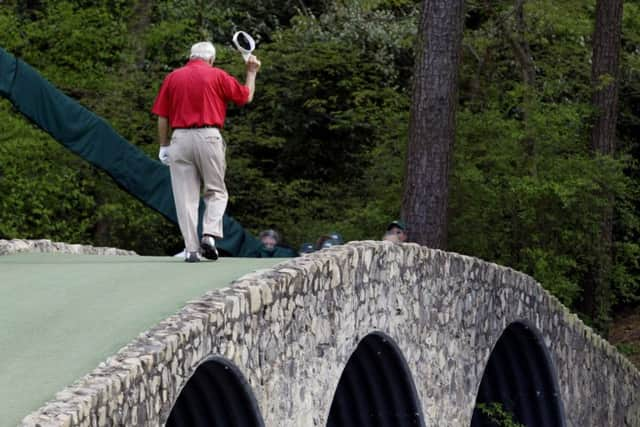How Arnold Palmer changed golf forever
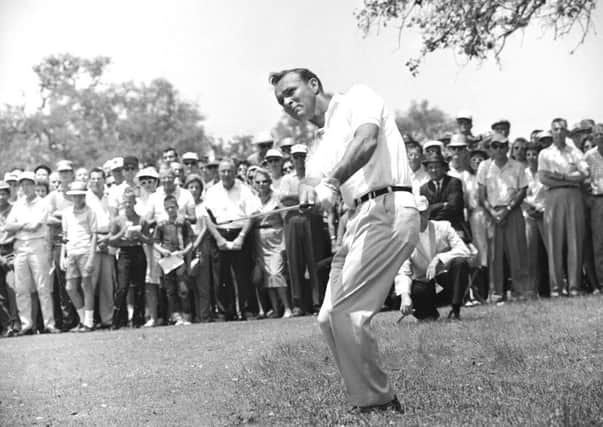

ON Friday morning the first tee at Hazeltine National Golf Club, an exclusive stretch of manicured turf lying half an hour’s drive from Minneapolis, will be ringed by fans bedecked in the colours of the United States and Europe, all lending loud and enthusiastic support to their respective teams.
The revival of interest in the Ryder Cup – the biennial clash between a dozen golfers from either side of the Atlantic – owes much to the resurgence of European fortunes. The team’s seven triumphs in the last nine contests have helped fire the imagination of an American public that had grown tired of seeing their side waltz to victory.
Advertisement
Hide AdAdvertisement
Hide AdYet amid the razzmatazz and inevitable jingoism of Friday’s opening day of the three that will decide where the trophy resides for the next two years, the millionaire competitors will take a moment to offer up a silent prayer of thanks to the man who more than any other changed the face of their sport. Or at least, they should.
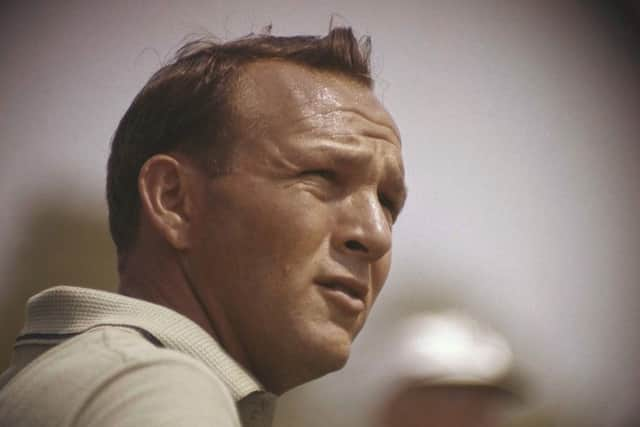

Long before Tiger Woods started ripping up the record books, a far more charismatic and likeable figure bestrode the game of golf. When the television cameras started patrolling the fairways and greens of America in the late 1950s, it was the flair and everyman persona of Arnold Palmer that had the watching public hooked.
Previously seen as an stuffy, elitist hobby, Palmer helped break down class barriers and build a fresh following for the sport among a blue collar audience that had previously been shut out. In so doing he, more than anyone, paved the way for the pay bonanza from which today’s golfers – the vast majority of them unable to hold a candle to him in terms of magnetism or mastery of a two-iron – benefit to the tune of millions of pounds each year in what is now a truly global game.
Rory McIlroy, who will line up for Europe at Hazeltine, picked up £8m for his play-off victory on Sunday in the FedEx Cup, an engineered end of season finale to America’s PGA Tour. And it’s not just household names whose bank accounts read like the GDP of a small South Pacific island. Charles Howell III has won just twice on the PGA Tour and yet has amassed career earnings approaching £30m.
Advertisement
Hide AdAdvertisement
Hide AdWhen McIlroy played at Palmer’s tournament, the Arnold Palmer Invitational at his Bay Hill Course in Florida, he was approached by the great man himself. “Rory,” he said, “if you need anything this week, you just let me know.”
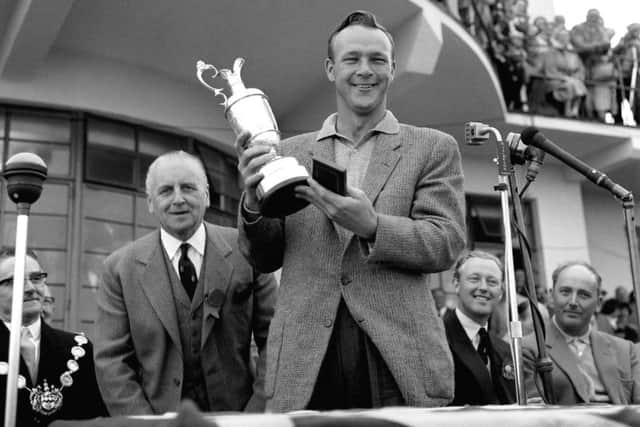

“Mr Palmer, I will never want for anything at all in life,” the Northern Irishman replied. “That’s all because of you.”
But the reason Arnold Palmer was dubbed ‘The King’ was down to far more than the riches he collected along the way or those he helped bequeath to others. For Palmer, humility and integrity were as important as the ability to hit an arrow-like wedge – a far cry from the foul-mouthed, club-throwing antics of some of those who have followed him to the summit of the game.
Born in the small town of Latrobe, Pennsylvania, he was a child of the Great Depression and spent his early years in a house with no indoor plumbing, situated on the grounds of the country club where his father worked as a greenkeeper.
Advertisement
Hide AdAdvertisement
Hide AdDeacon Palmer was a functioning alcoholic who wasn’t one for outward displays of affection. When Arnold won his first big tournament, the 1954 United States Amateur Championship, his father told him: “You did pretty good, boy.” Palmer later recalled that hearing those words caused his heart to swell “nearly to breaking point.”
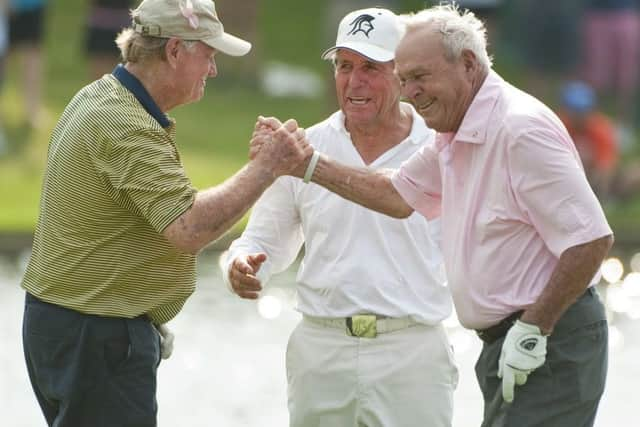

Palmer credited his upbringing with building the physical strength he displayed on the golf course. “When I was six years old, my father put me on a steel-wheeled tractor,” he once said. “I had to stand up to turn the wheel. That’s one thing made me strong. The other thing was I pushed mowers. In those days, there were no motors on anything except the tractor. The mowers to cut greens with, you pushed.”
First picking up a club at the age of three, by seven he was being paid five cents a time to hit female Latrobe members’ drives over a troublesome ditch. Yet neither he nor his father were allowed to set foot in the locker room, the dining room or the bar unless specifically invited by a member. In 1971, millions already in the bank, he made up for it by buying the entire golf course.
And for all the tributes to an avuncular figure who signed so many items for his legions of fans that his autograph was practically worthless on Ebay, the fire in the young Palmer’s belly that drove him to success should not be underplayed.
Advertisement
Hide AdAdvertisement
Hide AdFirst the motivation was to show his father, the only coach he ever had, that he could win. Then it was to silence the likes of Ben Hogan, a legendary figure in the game but one who treated him with thinly veiled contempt. After a misfiring practice round ahead of the 1958 Masters, he overheard Hogan in the locker room asking a fellow competitor: “How the hell did Palmer get an invitation to the Masters?” Palmer responded by winning the tournament to claim the first of his seven Major titles.
